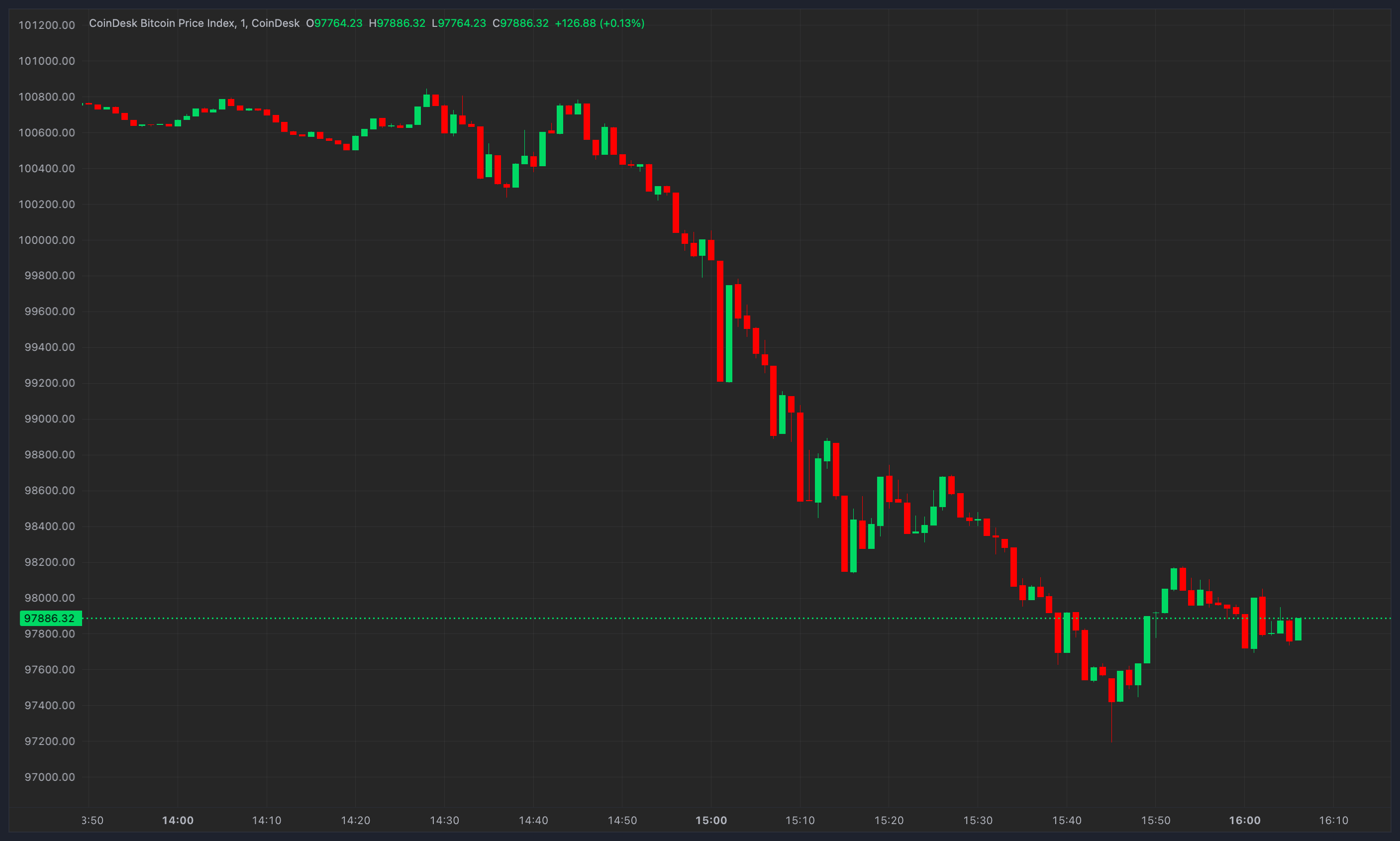The Bitcoin Mining Council (BMC) has released the Global Bitcoin Mining Data Review Q2 2022 report. The report has interesting findings on digital asset mining that will certainly add to the debate on the impact of crypto mining on the environment. According to the BMC report, Bitcoin mining uses an inconsequential amount of global energy, generates negligible carbon emissions, and is an industry leader in an unsustainable energy mix.
The report indicated that Bitcoin mining energy usage was only 253 Terawatt-hour (TWh) out of the total 165,317 TWh energy utilized worldwide, accounting for only 0.15% of the world’s energy production. The report mentioned that Bitcoin mining accounted for 0.086% of the world’s carbon emissions. The report also mentioned that global Bitcoin mining energy use in comparison to energy use from several countries was negligible. In comparison to other industries, the report noted that Bitcoin mining is. Bitcoin is the industry leader in sustainability, with a 59.5% sustainable energy mix. Year-on-year, Bitcoin mining efficiency was reported to have increased by 63%.
The Bitcoin Mining Council has refuted specific contents within the letter (dated April 20, 2022) to the US Environmental Protection Agency (EPA) from Jared Huffman and 22 other US Congress members on the impact that Bitcoin mining facilities have on the environment and their energy usage.
On the statement that Bitcoin mining facilities are polluting communities and contributing to greenhouse gas emissions, BMC pointed out that there should be a distinction between power generation facilities and data centers. The BMC argued that just like all other industries, data centers, including those that have miners, utilize electricity generated externally. Therefore any emissions are created at the power generation source upstream from the data centers.
On the request to the EPA to understand the environmental risks and pollution associated with the Bitcoin mining industry, the BMC pointed out that there were no pollutants, including carbon dioxide, released from digital asset mining rather, the associated emissions were from electricity generation. The BMC pointed out that digital miners purchase electricity from the grid just like industrial buyers.
 
 
On the denial of extension for the Ameren and Greenidge digital asset mining facilities to continue operating the coal ash ponds on their properties beyond a mandatory deadline, the BMC responded that this issue was about energy generation and not the data centers that contain digital asset miners.
The letter to the EPA pointed out that efforts were underway to reopen closed gas and coal facilities to power the digital mining industry and would undermine efforts to combat the climate crisis. The BMC noted that the concern here accounted for less than 2% of the Bitcoin Network and that most digital asset miners were targeting renewables, a trend particularly seen with North American miners.
On the assertion that a single Bitcoin transaction could power the average US home for a month, the BMC responded that broadcasting a single BTC transaction requires no more energy than a tweet or a google search.
The letter asserted that less energy-intensive cryptocurrency mining technologies, such as Proof-of-Stake (PoS), are available and have 99.99% lower energy demands than Proof-of-Work (PoW) to validate transactions. The BMC pointed out that PoS was not a mining technology but a technique for determining authority over a distributed ledger. The BMC argued that PoS and PoW were qualitatively different; therefore, PoS cannot be considered more efficient than PoW.
The letter stated that PoW contributed to significant greenhouse gas emissions and electronic waste from obsolete hardware. However, the BMC reiterated that this assertion was drawn from flawed and overly aggressive…
Read More: zycrypto.com









 Bitcoin
Bitcoin  Ethereum
Ethereum  Tether
Tether  XRP
XRP  Solana
Solana  Dogecoin
Dogecoin  USDC
USDC  Cardano
Cardano  Lido Staked Ether
Lido Staked Ether  TRON
TRON  Avalanche
Avalanche  Sui
Sui  Wrapped stETH
Wrapped stETH  Toncoin
Toncoin  Chainlink
Chainlink  Stellar
Stellar  Shiba Inu
Shiba Inu  Wrapped Bitcoin
Wrapped Bitcoin  Hedera
Hedera  Polkadot
Polkadot  WETH
WETH  Bitcoin Cash
Bitcoin Cash  LEO Token
LEO Token  Uniswap
Uniswap  Pepe
Pepe  Litecoin
Litecoin  Hyperliquid
Hyperliquid  Wrapped eETH
Wrapped eETH  NEAR Protocol
NEAR Protocol  Ethena USDe
Ethena USDe  USDS
USDS  Aptos
Aptos  Internet Computer
Internet Computer  Aave
Aave  Mantle
Mantle  Render
Render  Cronos
Cronos  Bittensor
Bittensor  POL (ex-MATIC)
POL (ex-MATIC)  Ethereum Classic
Ethereum Classic  Tokenize Xchange
Tokenize Xchange  WhiteBIT Coin
WhiteBIT Coin  MANTRA
MANTRA  Artificial Superintelligence Alliance
Artificial Superintelligence Alliance  Virtuals Protocol
Virtuals Protocol  Monero
Monero  Dai
Dai